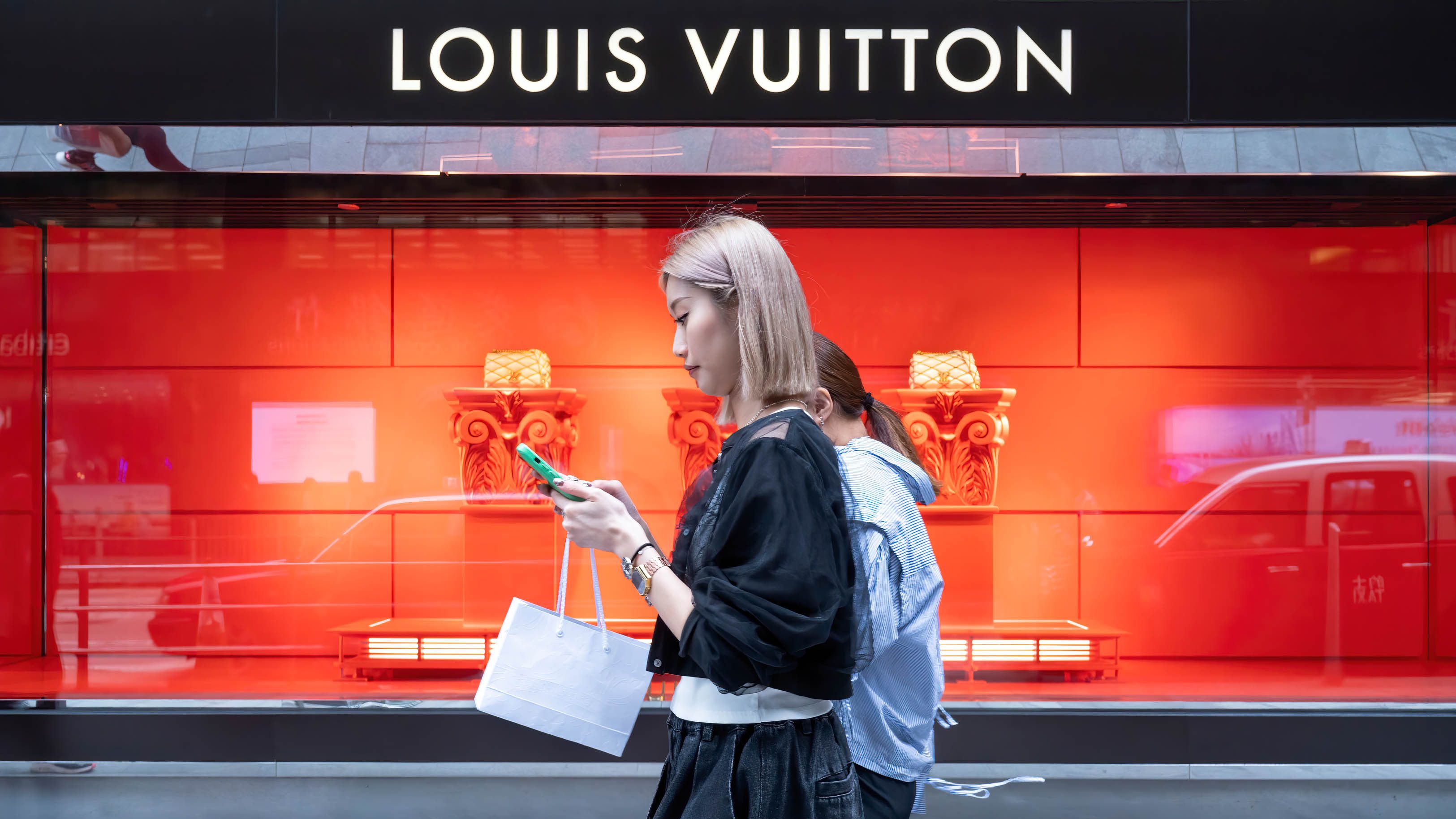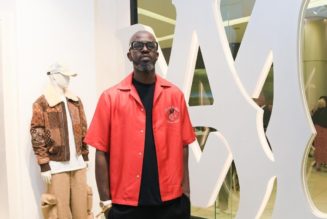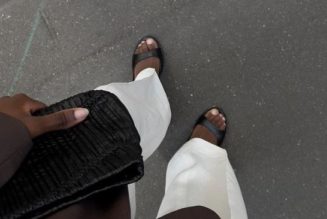
While spending time in Italy working on the revival of “Made in Italy” through The Italian Mind, a foundation I co-founded that focuses on creating extreme value for luxury clients, I’ve had the chance to discuss the state of luxury with CEOs from various luxury brands.
One challenge that practically all luxury brands are facing is addressing the rapidly changing expectations of Chinese luxury clients, which are among the youngest in the world.
While many brands are blaming their slowing or declining numbers on a cooldown of luxury demand (in other words, blaming external factors), I urge them to instead examine their Chinese luxury clients’ shifting desires. Brands may face severe challenges if they are not paying enough attention to this critical audience.
As a result, the traditional paradigms that once defined luxury brands are increasingly becoming misaligned with the current and future expectations of Chinese clients. The market dynamics driven by a sophisticated, digitally native, and ethically conscious client base require a strategic recalibration.
My analysis, based on the evolving luxury landscape in China, highlights why certain luxury brands are dramatically declining in appeal and outlines pivotal strategies for sustained relevance.
Chinese luxury clients today demand more than status symbols, generic country of origin denominations, and fancy logos. This is why it is my personal passion to work on the rebirth of “Made in Italy,” not as a generic term but as an icon of desire with clear emotional markers.
Instead of generic promises, sophisticated Chinese clients increasingly seek brands that provide uniquely personalized experiences and exhibit unique brand stories that unlock emotional responses, including cultural integrity.
The digital expertise of Chinese audiences empowers them to make well-informed decisions and understand when brands provide authenticity or not. Brands that fail to innovate and adapt risk obsolescence in this dynamic market.
The younger demographics, particularly Gen Z and millennials, are pivotal in driving luxury’s growth within China. These segments are attracted to brands that reflect their personal identities and uphold values they respect. They only buy brands that are aligned with their values.
The failure of many incumbent luxury brands to resonate with Gen Z is a principal reason for their declining popularity. While quality and exceptional craftsmanship are expected from every luxury brand, the real desire is unlocked by the brand story.
The quintessence of luxury is the creation of extreme value that extends beyond the physical product to encapsulate a holistic and extraordinary experience, which, importantly, needs to be based on specific brand markers. These render the brand indispensable to clients and create desirability.
Emotional brand markers and exceptional client experiences create loyalty. A recent study that I did together with Adobe showed that in luxury, approximately eight extraordinary interactions are needed to create loyalty, while less than two interactions below expectations trigger people to break up a brand. The brand story, as the “script” of the experience, therefore plays a pivotal role.
Eight extraordinary interactions are needed to create loyalty, while less than two interactions below expectations trigger people to break up with a brand.
Luxury perception is highly individualistic and fluid, making it essential for brands to continuously engage with and understand the evolving preferences of their clients. In China’s fast-paced market, this means inspiring across every touchpoint, both physical and digital, and bringing the brand story across every single time.
In recent brand audits my team conducted in China, either no brand stories were perceived or the stories were too generic. This explains why so many brands currently fail. It’s not just due to a market slowdown; it’s due to a fundamental misalignment between brand storytelling and client expectations.
China will continue to be a rewarding market for brands that embody and communicate their core values and brand story clearly and consistently and create cultural capital. The opportunity to influence and captivate the Chinese market is immense, but it requires a bold commitment to transformation and excellence.
Client expectations are changing rapidly. This requires a dramatic improvement in brand strategy definition, brand story formulation and execution, and the ability to inspire young audiences. Your brand’s future in China depends on it.
This is an opinion piece by Daniel Langer, CEO of Équité, recognized as one of the “Global Top Five Luxury Key Opinion Leaders to Watch.” He serves as an executive professor of luxury strategy and pricing at Pepperdine University in Malibu and as a professor of luxury at NYU, New York. Daniel has authored best-selling books on luxury management in English and Chinese, and is a respected global keynote speaker.
Daniel conducts masterclasses on various luxury topics across the world. As a luxury expert featured on Bloomberg TV, Forbes, The Economist, and others; Daniel holds an MBA and a Ph.D. in luxury management, and has received education from Harvard Business School. Sign up for his masterclasses at the Jing Academy. Follow him: LinkedIn and Instagram.
All opinions expressed in the column are his own and do not reflect the official position of Jing Daily.









